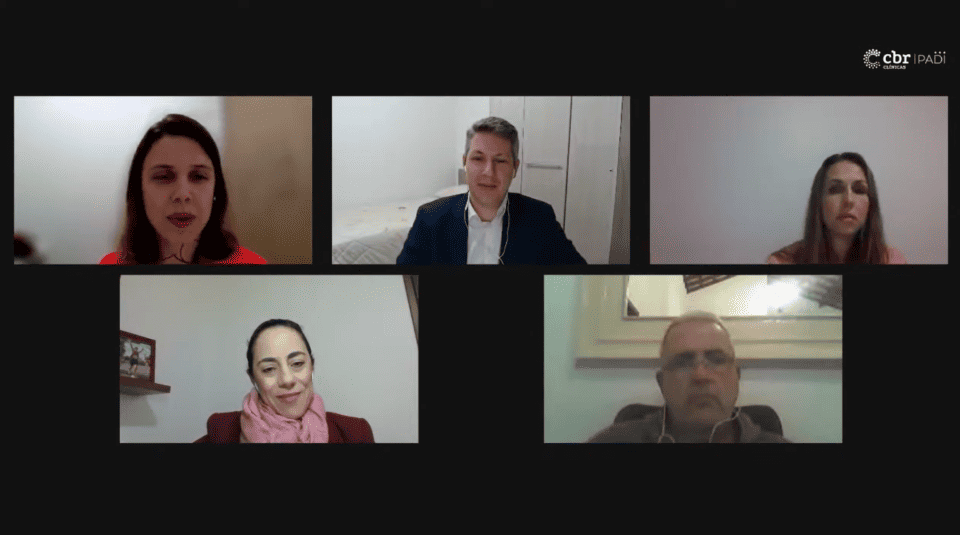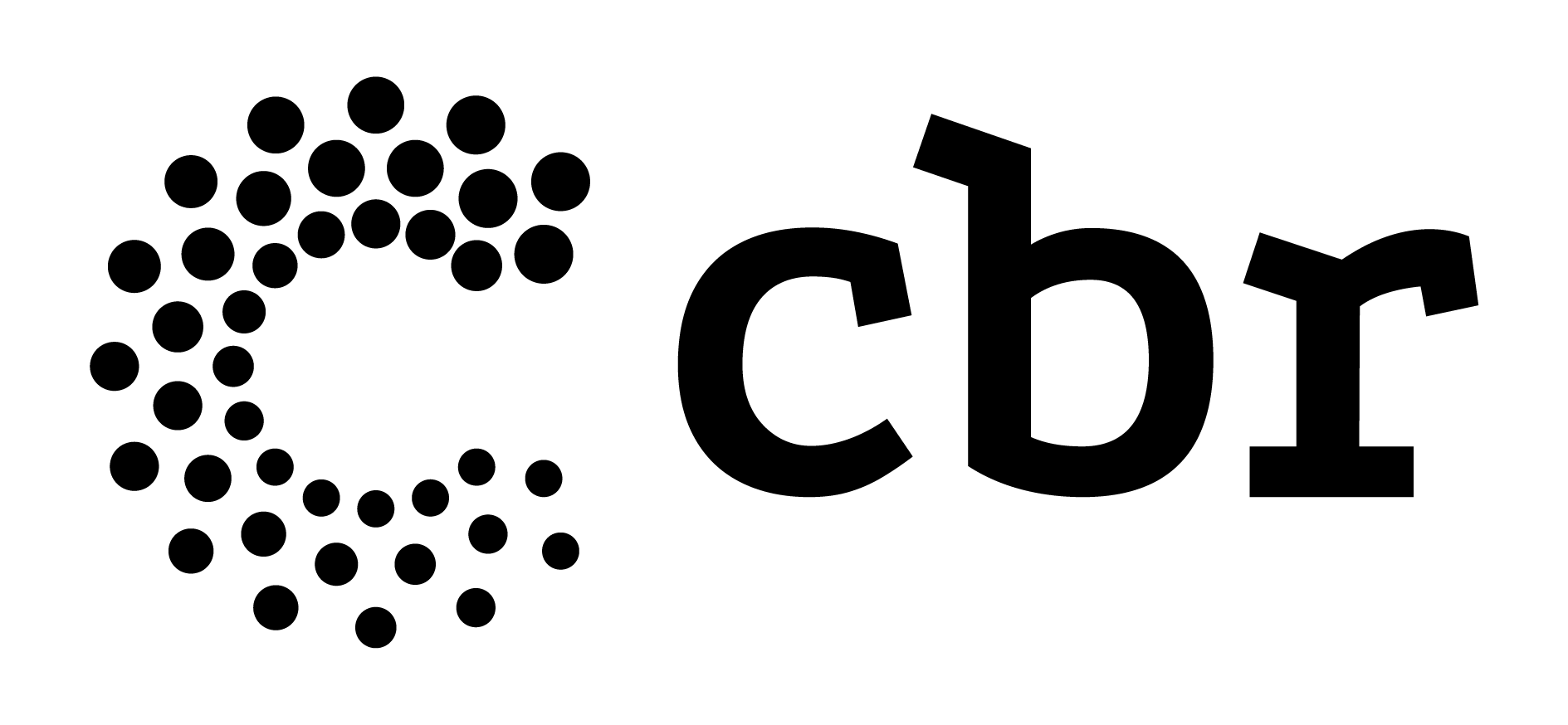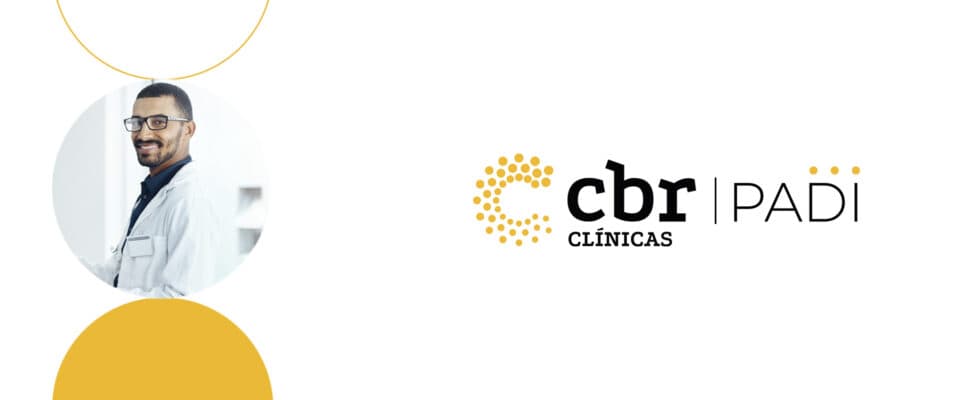Webinar was part of Padi's activities on World Patient Safety Day

Leading specialists participated in a debate on the theme “Non-damage medication in Radiology and Imaging Diagnosis” carried out by the Accreditation Program in Imaging Diagnosis (PADI), from CBR, an entity that has officially represented the specialty in the country for 74 years. The webinar was held on Wednesday night (28), as part of Padi's activities on World Patient Safety Day (September 17), whose theme defined by the World Health Organization for this year was "Safety of Medicines". ”.
In the Padi Webinar, Safety in the medication chain was the subject of a presentation by pharmacist Aline Ducatti, program auditor and health consultant. “It is important to emphasize that, for the drug chain to work correctly, it needs to be multidisciplinary. We have multiple players, multiple professionals who, through a great connection, each in their line of care, their knowledge, will positively add value to this drug therapeutic chain”, he highlighted.
“And then, each one needs to describe a multidisciplinary protocol on the use of these drugs in the health organization and demonstrate patient care in an integral way, placing the patient at the center of care. After caring for the patient, of all these stages of care, it is necessary to make multiple and integrated critical records about the care and use of that medication, an important history about that care: medical records, care plans, discharge form” , added Aline Ducatti.
The auditor commented on cases that were highlighted in the media for causing serious damage to patients due to medication errors in clinics and hospitals and warned that the contrast should also be seen as a medicine. “Often within image service organizations, the contrast is not seen with its potential, with all the danger it can offer. Often, the contrast is seen as part of the machine and not as a therapeutic part, as a part of the exam itself”, he observed. One of the cases presented was that of a clinic condemned by the Court of Justice of Goiás (TJGO) to indemnify a patient burned by contrast during a tomography.
Aline Ducatti also presented studies that indicate that: 50% of all preventable harm in health care is generated with the use of medication; which causes a waste of US$ 42 billion per year, which represents approximately 1% of the total health expenditure in the world. Other data presented indicate that, in Brazil, up to 40% of medication administration failures have as main problems: time, dosage, route of administration, unauthorized medication or wrong patient.
She also presented a series of recommendations on how to make the drug therapeutic chain safer, based on Norma Padi rules, such as the implementation of safety barriers, which reduce errors in 70%, identification of critical activities, mapping and tracing safety protocols , standardization, purchase care, storage; dispensation, among others.
Contrast
The Doctor. Guilherme Hohgraefe Neto, member of the Commission for Accreditation in Diagnostic Imaging (CADI) of CBR, delivered a lecture on Safety in Radiological Contrast Media. “Every time we administer contrast to our patients, we run a risk, which is small, but it exists, of the patient having an adverse event. And if this is not well managed within the imaging services, we run the risk of having a negative outcome, a tragedy for everyone involved in the situation”, he highlighted. “We have to train ourselves, try to understand why patients can have adverse events, what are the most important factors to be recognized, and how to minimize the impact of this on our routine.”
The Doctor. Guilherme Hohgraefe presented studies on the risk of adverse events in contrast agents: ionic iodine, which is no longer used, had a very high 13% index; non-ionic iodine has a rate of 0.6%; and gadolinium, 0.3%. Still according to him, in case of adverse events, more than 90% are mild reactions, such as nasal congestion, localized itching, nausea and headache; 8% are moderate reactions, such as diffuse pruritus, diffuse erythema, face edema and bronchospasm; and 2% are serious reactions such as laryngeal edema, anaphylactic shock, cardiac arrhythmia and convulsion.
He also spoke about Padi norms related to the use of contrast. “It is very important, in the exam technique, for us to state whether or not contrast was used, to include the name of the product. It is much easier to think about the safety of this patient in the future if we know, in fact, what he used in the past”, he explained. “If we do not administer contrast to this patient, we must leave the reason for the contraindication to the use of contrast described in the patient's report, so that, on the day he goes to another city, another country, there is this record, and the radiologist whoever is attending this patient understands why contrast should not be used in this patient.”
On premedication, Dr. Guilherme Hohgraefe clarified that the majority of radiology societies in the world are currently against it. “And the risk of using these drugs is that the doctor who is in the imaging service can give them a false sense of security and, as a result, run the risk of not adequately caring for this patient.”
He also stressed the importance of continued training, at least once a year, and adequate rescue to provide adequate care in case of adverse reactions. Norma Padi establishes that the imaging service must have a published protocol and a minimum team, composed of at least one radiologist with certification in Assistance to Life in Radiology (AVR, issued by CBR), ACLS, BLS or a qualified specialist physician treating intercurrences, such as adverse drug/contrast reactions, at all service hours. Read Norma Padi in its entirety!
Radiopharmaceuticals and Medication Devices
Physicist Carlos Henrique Simões de Souza, who is also a Padi auditor, spoke about Controls and Care with Radiopharmaceuticals, which involve administrative, physical-chemical, chemical, biological and stability care and must be carried out by trained and competent people.
Nurse Marcela Padilha Facetto Azevedo gave a lecture on Medication Devices: from acquisition to correct use for patient safety. She talked about details to be verified in the validation process, in the acquisition and use of the Padi items and norms related to the theme. Another issue addressed was the prevention of contrast extravasation.
The Padi Webinar “No Harm Medication in Radiology and Imaging Diagnosis” is available in full on official channel of CBR on YouTube.
Read too: World Patient Safety Day and diagnostic imaging services




